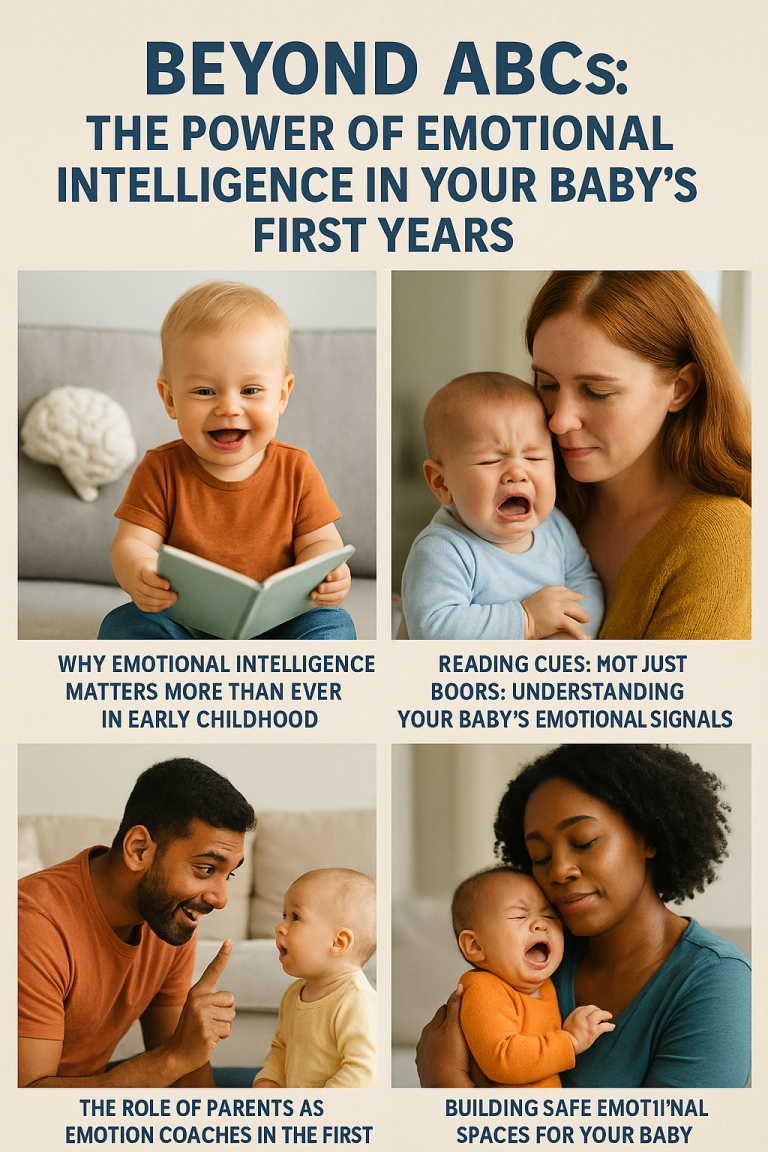
In coffee shops across Stockholm, in playgrounds from Oslo to Oakland, a quiet revolution brews beneath the foam of cappuccinos and oat-milk lattes. They are there—swaddled infants strapped to chests, diaper bags slung over shoulders, strollers expertly maneuvered through cobblestone streets. These men, once relegated to breadwinner status or relegated to weekend warrior parenting, now front-load their days with diapers, drop-offs, and domestic power shifts.
The “Latte Dad” is more than a meme. He’s a movement. And in 2025, he’s here to stay.
From Provider to Partner: Redefining the Dad Role in 2025
Gone are the days when being a “good father” meant simply providing a paycheck. In today’s world, presence matters more than provision alone. Modern fathers are not just allies in parenting; they are active participants in the emotional, logistical, and even spiritual architecture of their children’s lives.
From provider to partner, the role of the father has undergone a seismic recalibration. Fathers today are mastering the art of emotional availability, unafraid to discuss postpartum anxieties with their partners or sit through pediatrician visits with a notepad in hand. This shift is not an act of performance, but an embodiment of a more holistic view of manhood—one that values nurture as highly as it does structure.
It’s not about being the helper. It’s about being the other half of the whole.
The Scandinavian Blueprint: Why the World Is Looking North
If there is a Mecca for modern fatherhood, it lies in the fjords and flat whites of Scandinavia. With extended paid paternity leaves, subsidized childcare, and flexible work cultures, countries like Sweden and Norway have quietly forged the template for involved, empowered fatherhood.
In Sweden, it’s not uncommon to see groups of dads congregating during their “pappaledighet” (paternity leave), swapping tips on sleep regression and formula preferences. The image of the “Latte Dad” emerged from this ecosystem—not a caricature, but a cultural icon.
And the world is paying attention.
Policymakers in Canada, New Zealand, and even parts of the United States are beginning to craft policies that echo the Scandinavian model, allowing fathers the room to grow into their parenting potential. This is not just social progress. It’s an economic investment, a generational strategy.
Diapers, Drop-Offs, and Domestic Power Shifts
Power dynamics at home are undergoing a quiet, profound renovation. As more fathers take on primary caregiving roles, mothers are experiencing greater freedom to pursue careers, passions, and selfhood beyond the nursery.
The home is no longer a gendered territory. It’s a cooperative realm.
In homes embracing this model, domestic labor becomes a shared language rather than a silent burden. The morning chaos of packing lunches and wrangling toddlers is now a duet, not a solo performance. This redistribution of responsibility doesn’t just benefit mothers—it liberates fathers from the confines of outdated archetypes.
For couples, this shared load is forging stronger partnerships built on mutual respect. For children, it’s providing a blueprint of what egalitarian love looks like in motion.
Masculinity Reimagined: Fatherhood with Vulnerability and Presence
The Latte Dad is not just about routines and roles—he embodies a new emotional literacy. Vulnerability is no longer taboo. In fact, it’s celebrated.
Masculinity reimagined means a father who cries at the school play, who knows how to soothe nightmares, who listens as much as he speaks. It means being present in the fullest sense—not just physically, but emotionally attuned.
These fathers are modeling something radical for their children: that strength is not stoicism, but the courage to be soft. In showing up with authenticity, they are dismantling decades of performative masculinity and building a future rooted in emotional fluency.
And in doing so, they are raising emotionally intelligent, resilient children.
More Than a Trend: The Policy and Cultural Shift Behind the Movement
While the Latte Dad may have begun as a cultural archetype, his permanence is now being cemented through institutional change. Governments and corporations are recognizing that parenting equity is not a luxury—it’s a necessity.
Policies that mandate paternity leave, provide affordable childcare, and support flexible work schedules are not just “nice to haves.” They are revolutionary tools reshaping how society functions.
This is more than a trend. It’s a reimagining of public life, workplace structure, and gender equity.
Culturally, the narratives we tell about fatherhood are evolving. No longer confined to sitcom dads fumbling through parenthood, the modern father is nuanced, capable, and essential. Social media, literature, and advertising are slowly catching up—but the lived reality of millions of families is already ahead of the script.
Instagram Dads vs. Everyday Dads: What’s Real, What’s Revolutionary
There’s no denying the performative nature of modern life. And fatherhood, like everything else, has found its influencers. Perfectly filtered photos of dads baking sourdough with toddlers or doing ballet warm-ups in the living room have become a genre in themselves.
But the true power lies beyond the feed.
Instagram dads vs. everyday dads is not a battle—it’s a distinction. The former may inspire, but the latter transforms. Revolutionary parenting is not captured in curated snapshots but lived in 3 a.m. diaper changes, in whispered lullabies, in showing up, again and again.
Real change is found in consistency, in sacrifice, in choice. And the everyday dad, latte in hand or not, is choosing a different path—one marked by intentionality and presence.
Why Everyone Wins When Dads Are All In
This is not just a fatherhood story. It’s a societal one.
Why everyone wins when dads are all in is a question answered in statistics and smiles alike. Children raised by engaged fathers show higher academic achievement, greater empathy, and stronger social bonds. Mothers experience less burnout, more career stability, and improved mental health. Relationships thrive on shared purpose and mutual investment.
And for fathers themselves? A deeper sense of identity, fulfillment, and connection.
This isn’t about doing it all. It’s about doing it together.
The Latte Dad, once an anomaly, is now the archetype of a new era. He is shifting the foundations of home, work, and heart. And in his arms—carrying babies, bottles, backpacks—he also carries the blueprint for a better future.
One sip, one step, one story at a time.




